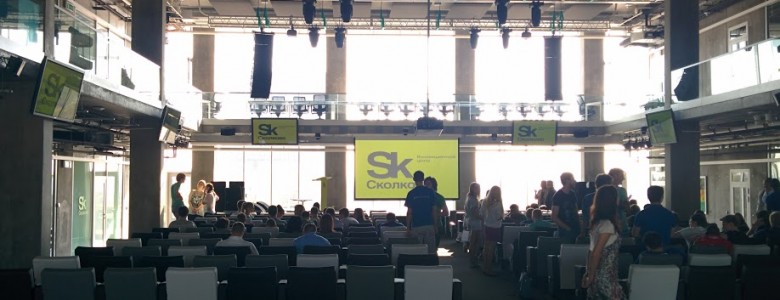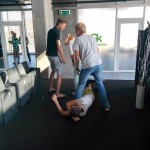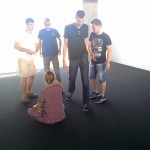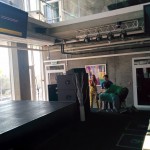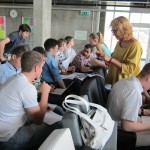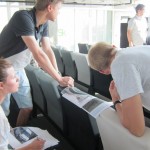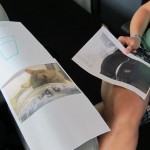In the workshop Designing through data, Skoltech IdeasLab students were asked to respond to data sets derived from the Open Instrumentation (link) to extend the enquiry as to how designers begin to develop solutions based upon data.
We offered students an insight into the possibilities of using data for design innovation. Familiar and able to map the the real-world contexts in which people do ‘things’, designers rarely get the chance to work with pure data. On the contrary, scientists and engineers may be more familiar with data, yet they know little about the real-world that origins the data. If the project is to consider design after the artefact, then it becomes useful to better understand how participants are able to ideate from data alone. The goal of the workshop was to both introduce the principle, and to use it within the research process of Thing Tank through documentation and interviews with participants.
Students were given access to a four packs of data that has been gathered through the Thing Tank instrumented objects and other supplementary data from which participants could identify activities. These packs were the only contextual material that students were provided with. Following an introduction to machine learning students broke into teams and carried out two tasks:
1. Identify patterns in the data in order to build a context (a dinner party, breakfast time etc.);
2. Speculate on design niches and opportunities into this context that respond to conditions and challenges through the possibility of building connections between data sources.
